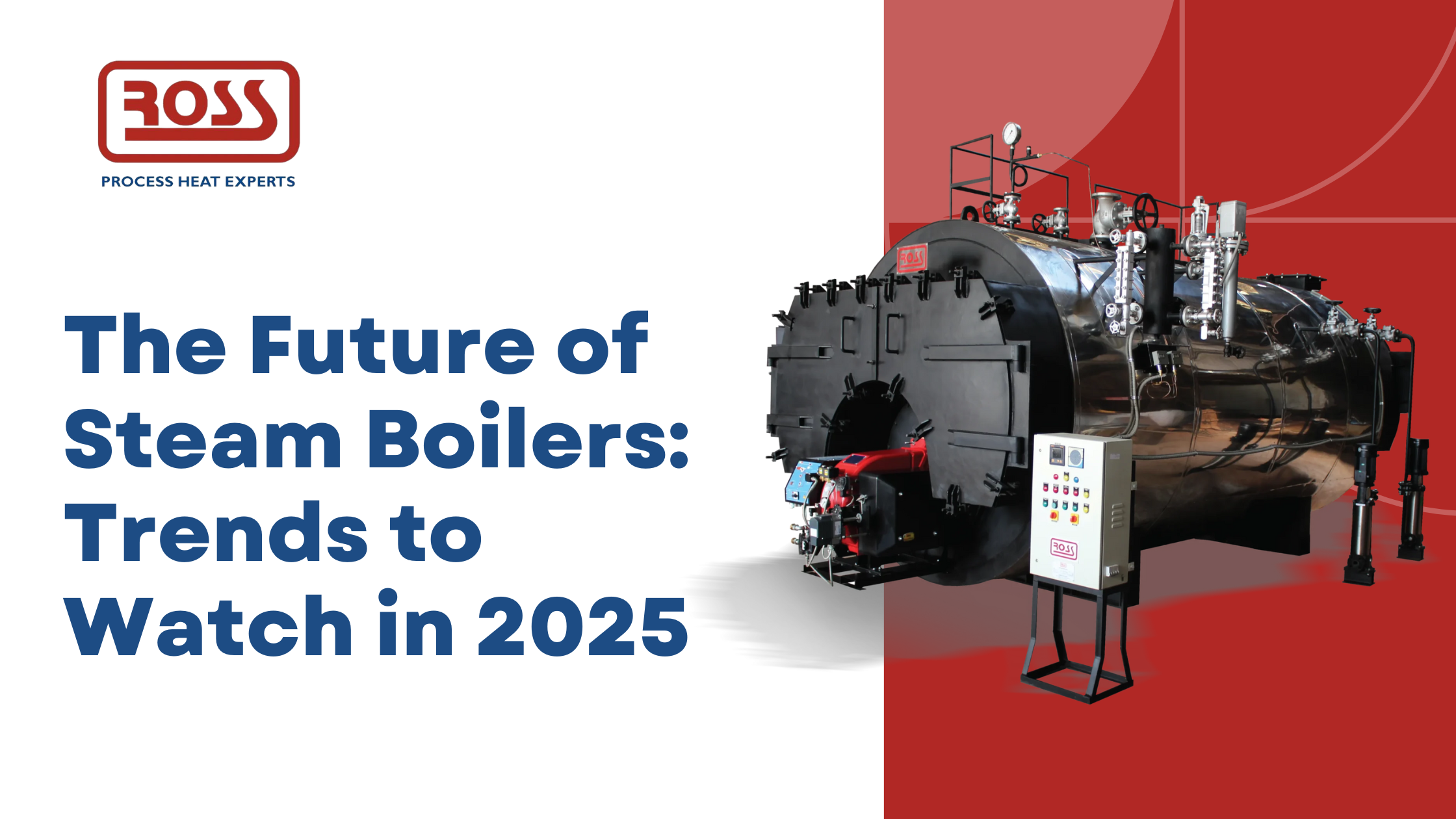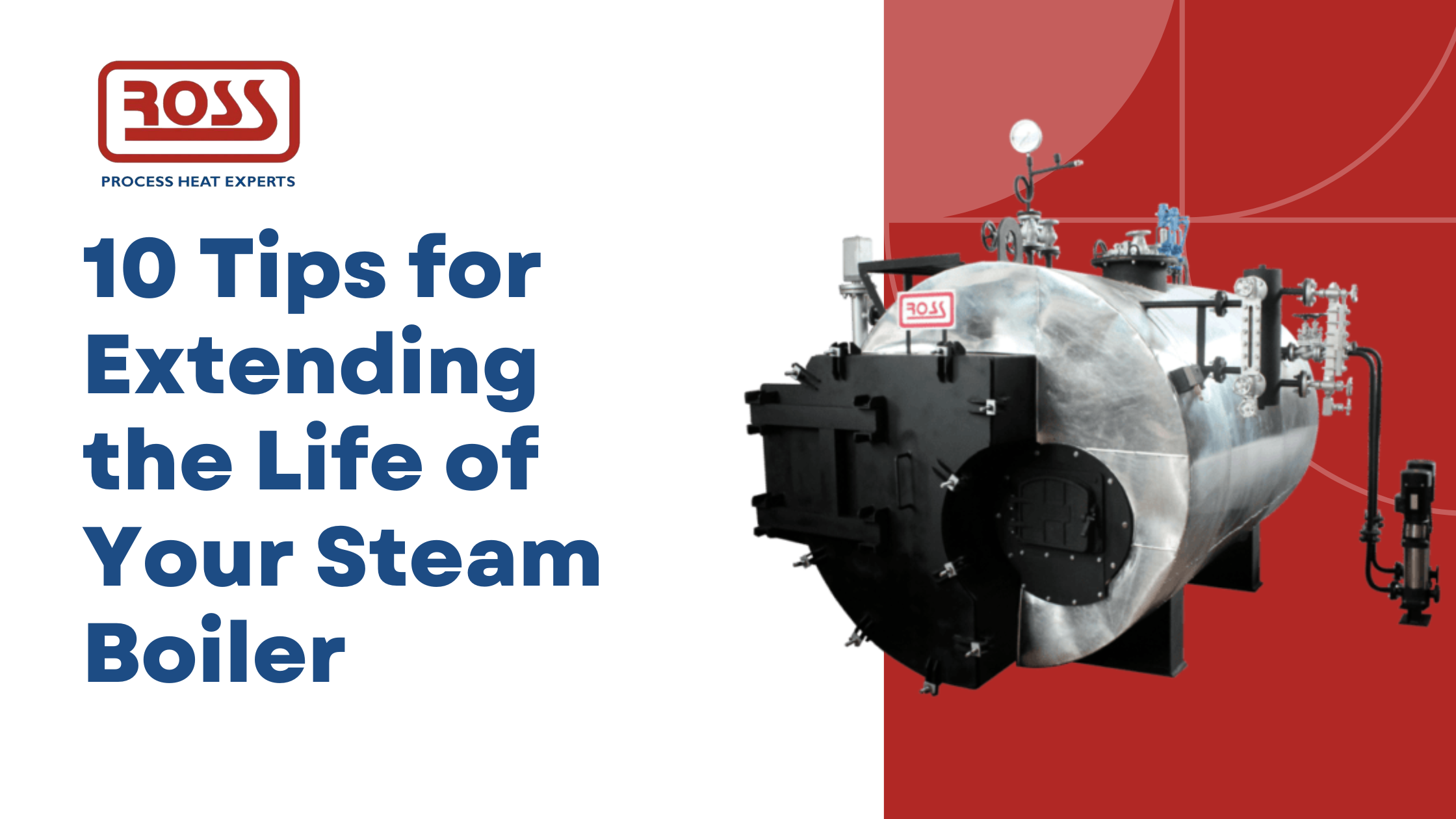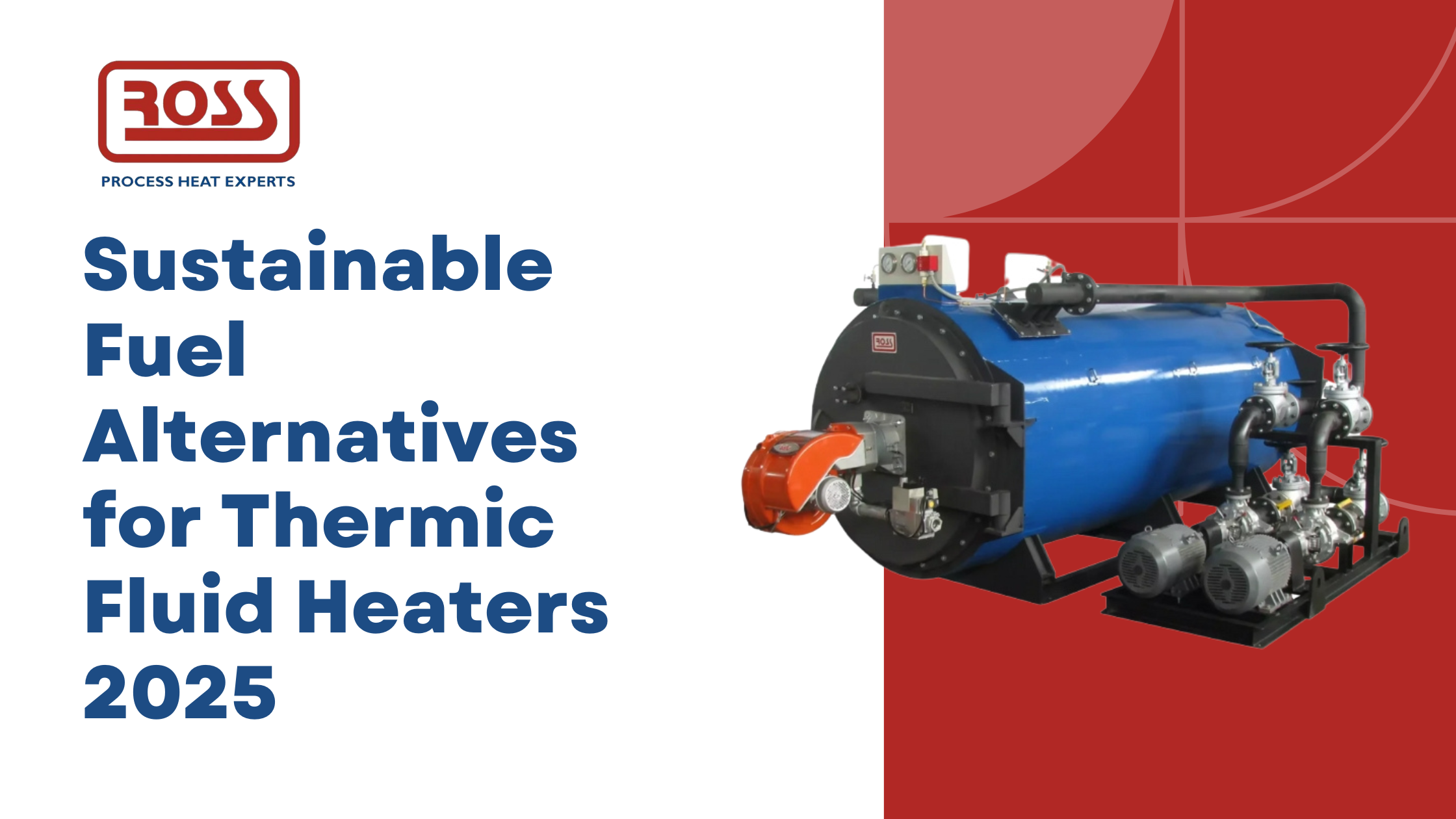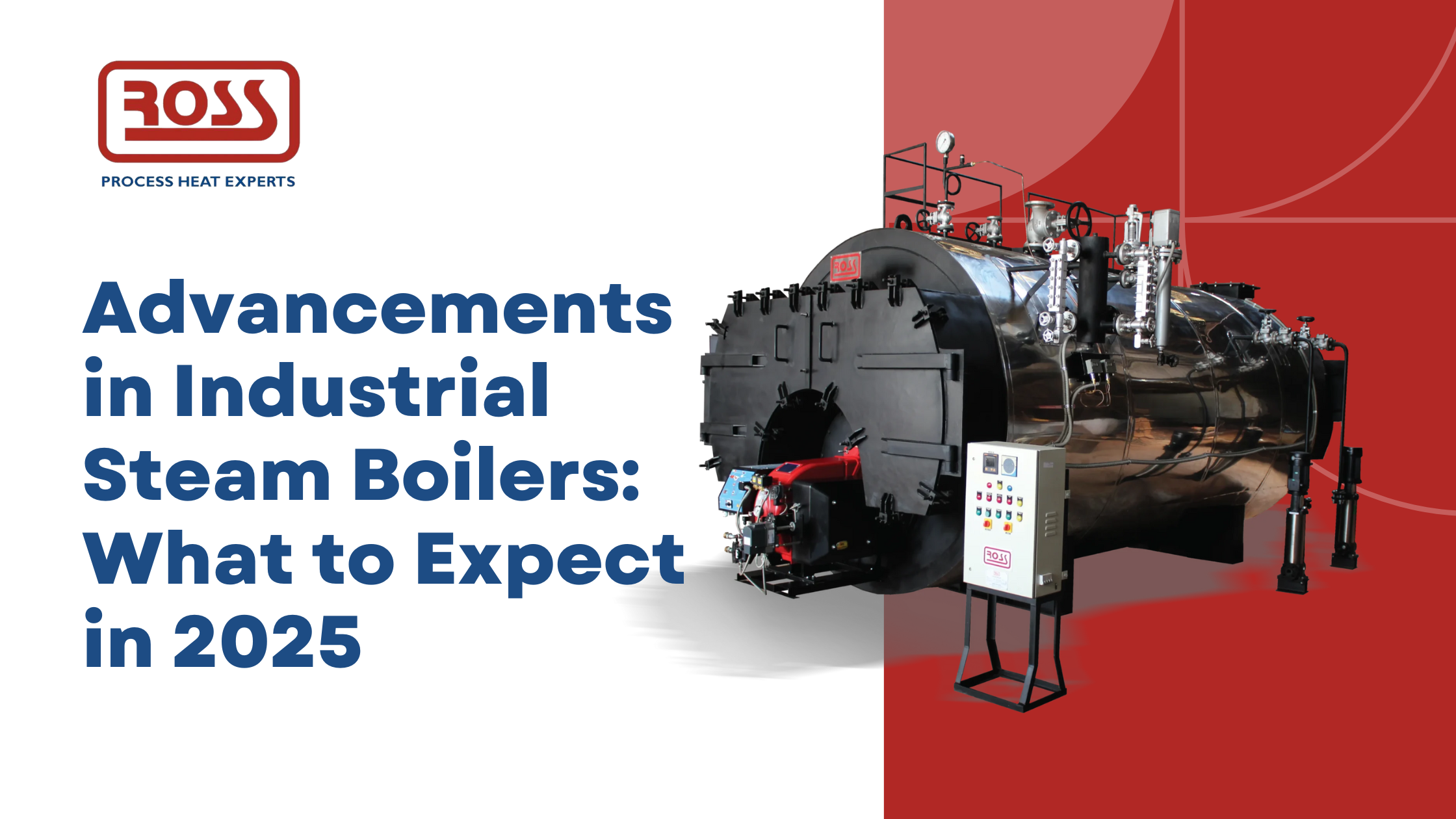Water is one of our most vital resources. We use it for drinking, cooking, bathing, and countless other everyday activities. Ensuring this water is clean and safe is crucial for our health and well-being. This is where water treatment plants come in. But what exactly are these plants, and how do they work? Let’s dive into the details in simple terms.
What is a Water Treatment Plant?
A water treatment plant is a facility designed to clean and purify water from natural sources so that it is safe for human consumption and other uses. Water from rivers, lakes, or underground wells often contains impurities and contaminants that can be harmful if consumed. The purpose of a water treatment plant is to remove these impurities and ensure the water meets health and safety standards before it reaches our homes and businesses.
Water treatment plants can vary in size and complexity, depending on the volume of water they need to process and the specific requirements of the community they serve. They play a critical role in public health by providing clean and safe water.
How Does a Water Treatment Plant Work?
The process of treating water involves several stages. Each stage is designed to address different types of impurities and ensure the water is clean and safe. Here’s a step-by-step look at how a typical water treatment plant works:
1. Intake
The first step in water treatment is the intake. Water is collected from its natural source, such as a river, lake, or groundwater well. This initial water often contains various impurities, such as dirt, leaves, and other debris. The goal of the intake process is to transport this raw water to the treatment plant where it will be processed.
2. Coagulation and Flocculation
Once the water arrives at the treatment plant, the next step is coagulation and flocculation. During this stage, chemicals called coagulants (usually aluminum sulfate or ferric chloride) are added to the water. These chemicals cause tiny particles in the water to clump together. This process is known as coagulation.
After coagulation, the water undergoes flocculation. In this step, the water is gently mixed to encourage the clumped particles (now called flocs) to stick together and form larger clusters. These larger clumps are easier to remove from the water.
3. Sedimentation
After the coagulation and flocculation stages, the water moves to a sedimentation tank. Here, the water is allowed to sit still for a period of time. During this time, the heavy flocs settle to the bottom of the tank, forming a layer of sludge. The clear water, which is now much cleaner, remains on top and is ready for the next stage of treatment.
4. Filtration
The next step is filtration. The water is passed through filters made of sand, gravel, or other materials that trap any remaining particles and impurities. There are different types of filters used, including rapid sand filters, slow sand filters, and membrane filters. This step ensures that the water is clear and free of suspended materials.
Filtration is a crucial stage in the treatment process because it removes any particles that were not caught during the earlier stages, further purifying the water.
5. Disinfection
Even after filtration, there may still be microorganisms in the water, such as bacteria, viruses, and protozoa. To ensure the water is completely safe, a disinfection process is employed. Common methods of disinfection include:
- Chlorination: Adding chlorine to the water kills most microorganisms.
- Ultraviolet (UV) Light: Exposing the water to UV light destroys microorganisms by damaging their DNA.
- Ozone Treatment: Ozone is a powerful disinfectant that can kill microorganisms and break down organic compounds.
The choice of disinfection method depends on the specific needs of the water treatment plant and the quality of the water being treated.
6. Storage and Distribution
Once the water has been treated and disinfected, it is stored in reservoirs or tanks. These storage facilities help maintain a steady supply of clean water and ensure that it is available when needed. From the storage tanks, the water is distributed through a network of pipes to homes, businesses, and other facilities.
The distribution system is an essential part of the water treatment process. It ensures that clean water reaches its intended destination and that the water remains safe during transport.
Why Water Treatment is Important?
Water treatment is crucial because it ensures that the water we use for drinking, cooking, and other activities is clean and safe. As more people and industries need water, the risk of it becoming contaminated increases. Dirty water can contain harmful substances like bacteria, viruses, and chemicals that can make us sick. Water treatment is crucial for several reasons:
1. Public Health
The primary reason for treating water is to protect public health. Untreated water can contain harmful pathogens, such as bacteria, viruses, and parasites, which can cause serious illnesses. By removing these contaminants, water treatment plants help prevent waterborne diseases and ensure that the water we drink is safe.
2. Environmental Protection
Water treatment also plays a role in protecting the environment. Properly treated water reduces the risk of pollution and contamination of natural water sources. This is important for maintaining healthy ecosystems and preserving water resources for future generations.
3. Regulatory Compliance
Water treatment plants must comply with various regulations and standards set by health authorities, such as the Dubai Municipality and the UAE Ministry of Climate Change and Environment (MOCCAE). These regulations ensure that the water meets specific quality standards and is safe for consumption. Compliance with these standards is essential for the credibility and effectiveness of the water treatment process.
Challenges Faced by Water Treatment Plants
Water treatment plants play a vital role in providing clean and safe water, but they face numerous challenges in doing so. These challenges include dealing with an increasing amount of pollutants, aging infrastructure, and the need for advanced technology to meet stricter water quality standards. Water treatment plants face several challenges, including:
1. Contaminant Levels
The levels and types of contaminants in the water can vary greatly depending on the source. Some contaminants may be more difficult to remove than others, requiring advanced treatment technologies and processes.
2. Aging Infrastructure
Many water treatment plants use outdated infrastructure and equipment, which can affect the efficiency and effectiveness of the treatment process. Upgrading and maintaining this infrastructure is crucial for ensuring reliable water treatment.
3. Climate Change
Climate change can impact water quality and availability. Changes in weather patterns, such as increased rainfall or droughts, can affect the source water and the treatment process. Water treatment plants must adapt to these changes to maintain water quality and supply.
Conclusion
Water treatment plants are essential for ensuring that the water we use daily is clean, safe, and free from harmful contaminants. From the intake of raw water to the final distribution, each step in the treatment process is designed to remove impurities and protect public health. For those seeking high-quality solutions and equipment, exploring options from a reputable water treatment plants manufacturer in Umm Al Quwain can help ensure that your water treatment needs are effectively met.







